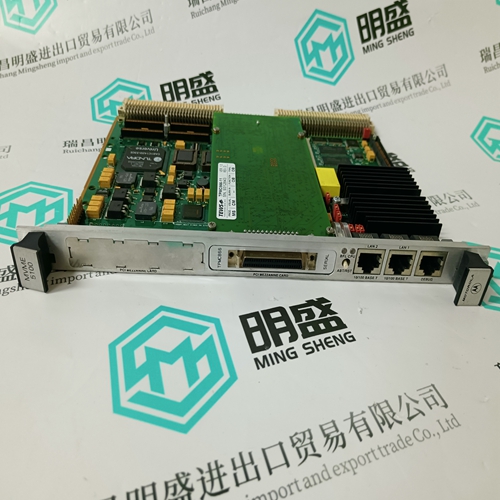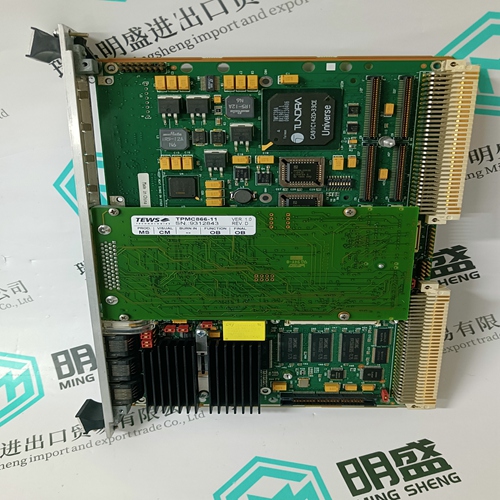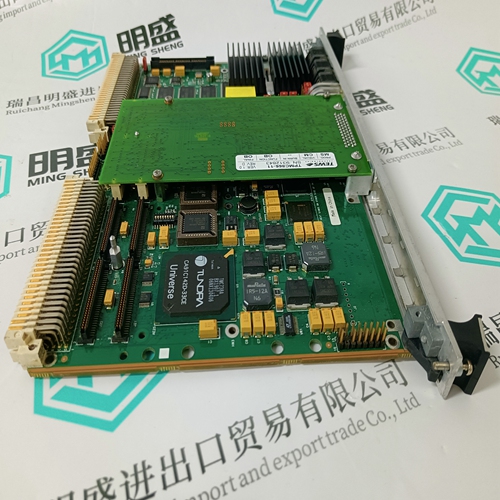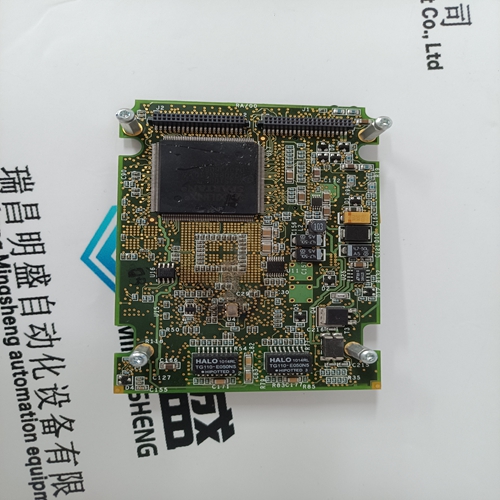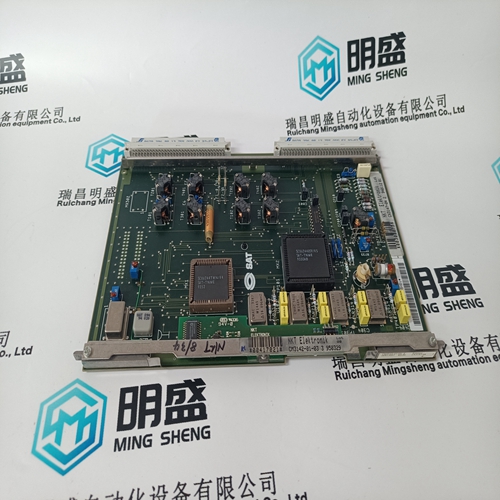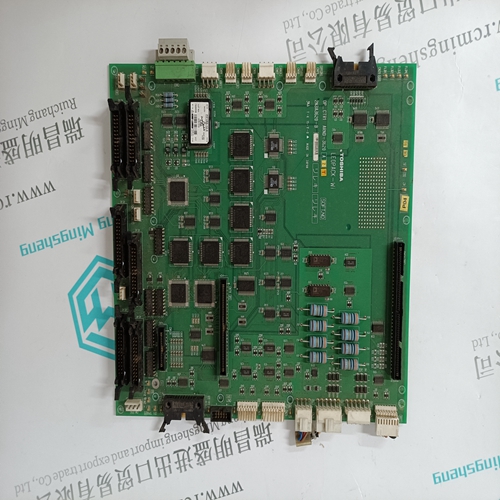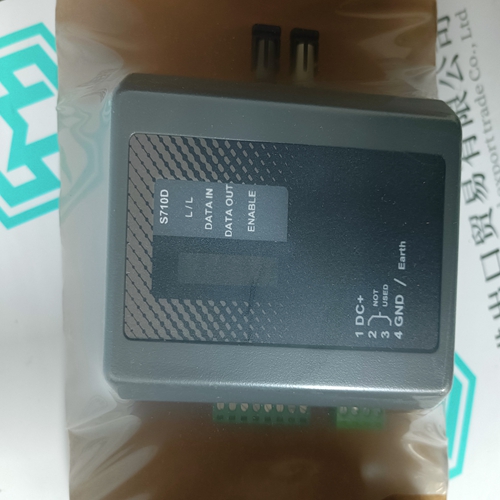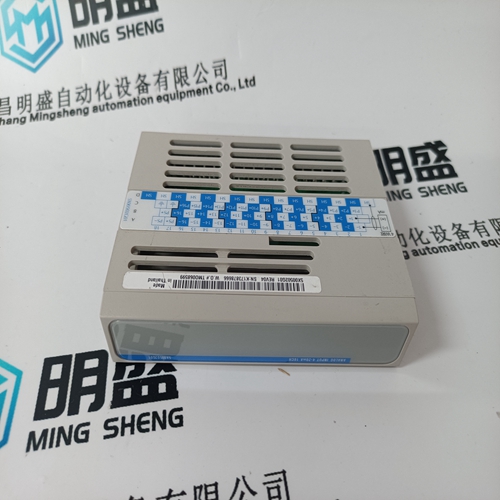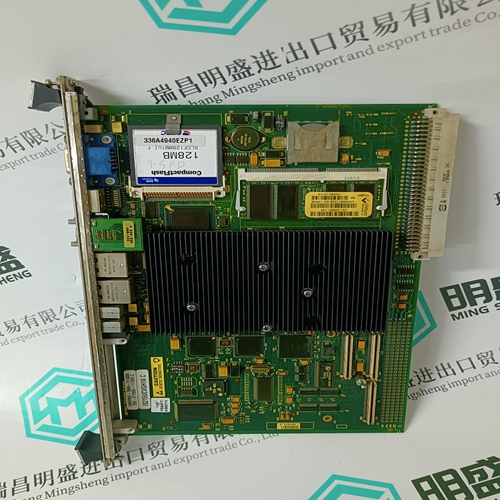Home > Product > PLC programmable module > MVME5100 Analog control card
MVME5100 Analog control card
- Product ID: MVME5100
- Brand: MOTOROLA
- Place of origin: the United States
- Goods status: new/used
- Delivery date: stock
- The quality assurance period: 365 days
- Phone/WhatsApp/WeChat:+86 15270269218
- Email:stodcdcs@gmail.com
- Tags:MVME5100Analog control card
- Get the latest price:Click to consult
The main products
Spare parts spare parts, the DCS control system of PLC system and the robot system spare parts,
Brand advantage: Allen Bradley, BentlyNevada, ABB, Emerson Ovation, Honeywell DCS, Rockwell ICS Triplex, FOXBORO, Schneider PLC, GE Fanuc, Motorola, HIMA, TRICONEX, Prosoft etc. Various kinds of imported industrial parts
MVME5100 Analog control card
- When operated with remote detectors (e.g. Sensepoint) which may deliver signals within the measuring range at concentrations above the measuring range, the error code “ER80” (parameter “signal over range”) shall be set latching. If the parameter is set below the default value all alarm relays shall be configured in such a way that alarming also takes place in the presence of detector faults. - For remote detectors with 4-20mA interface the parameters “signal over range” and “fault over range” shall be set in such a way that during normal operation (including the application of 100 % gas to the remote detector) “ER80” can be activated but not “ER87”. - The analogue outputs should be operated with live zero (4-20mA setting). The “< 4mA clipping” feature should be activated only in exceptional cases. Irrespective of the operating mode of the analogue output, the “fault level” and “inhibit level” shall be configured to different values outside the measuring range. The signaling of faults and inhibits at the analogue output shall be activated. - If no local inhibit relays are configured, a master inhibit relay shall be configured. - If no local fault relays are configured, a master fault relay shall be configured. - When relays are used for signaling update alarms, no other alarms or messages must be allocated to them. Configuration of update messages for “inhibit” should be avoided. - Time delayed relays shall not be used. - The status of the control unit obtained via Modbus shall be used only for the purpose of visualisation or documentation but not for safety purposes. Write access via Modbus shall be avoided. This certificate is concerned solely with information which can be obtained from Modbus functions 02 and 04.
Purpose of this Guide
This guide contains technical and product-related information on the SST-PB3-PCI-2 interface card and derivatives. The SST-PB3-PCI-2 has its own CPU that executes downloadable application firmware modules. The main function of these modules is to enable application-level product behavior. For more details, refer to relevant firmware documentation. Conventions This guide uses stylistic conventions, special terms, and special notation to help enhance your understanding. When a control card 5701 is configured for master or voted alarms as well as master or voted fault or inhibit messages, high integrity relay cards should be used. If no high integrity relay cards are used, triple relay cards shall be used. In such cases, both the relays and the LEDs of this control card will reflect only the status of the master or voting group. For an “X out of Y” linkage with vote counts (X) > 1, local alarms or messages of this control card are not displayed if less than X control cards have entered the alarm, fault or inhibit status, respectively. Therefore, voting groups have to be configured in such a way that vote counts of “1” are used for voted faults and inhibit messages to allow for signaling of local fault and inhibit states of the control card. - Relay 1 of a high integrity relay card is always assigned to a local fault. It is also used for signaling malfunction of the high integrity relay card itself. Therefore, this relay shall be monitored for each high integrity relay card.
